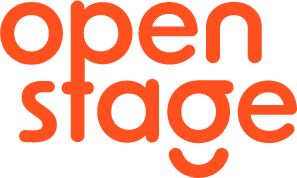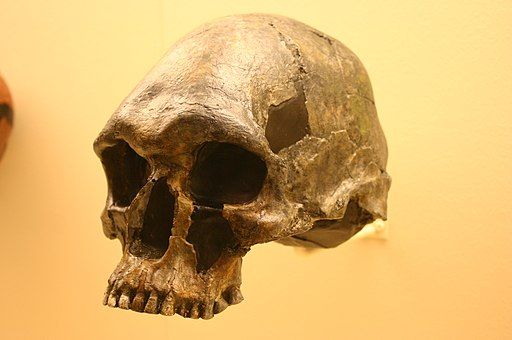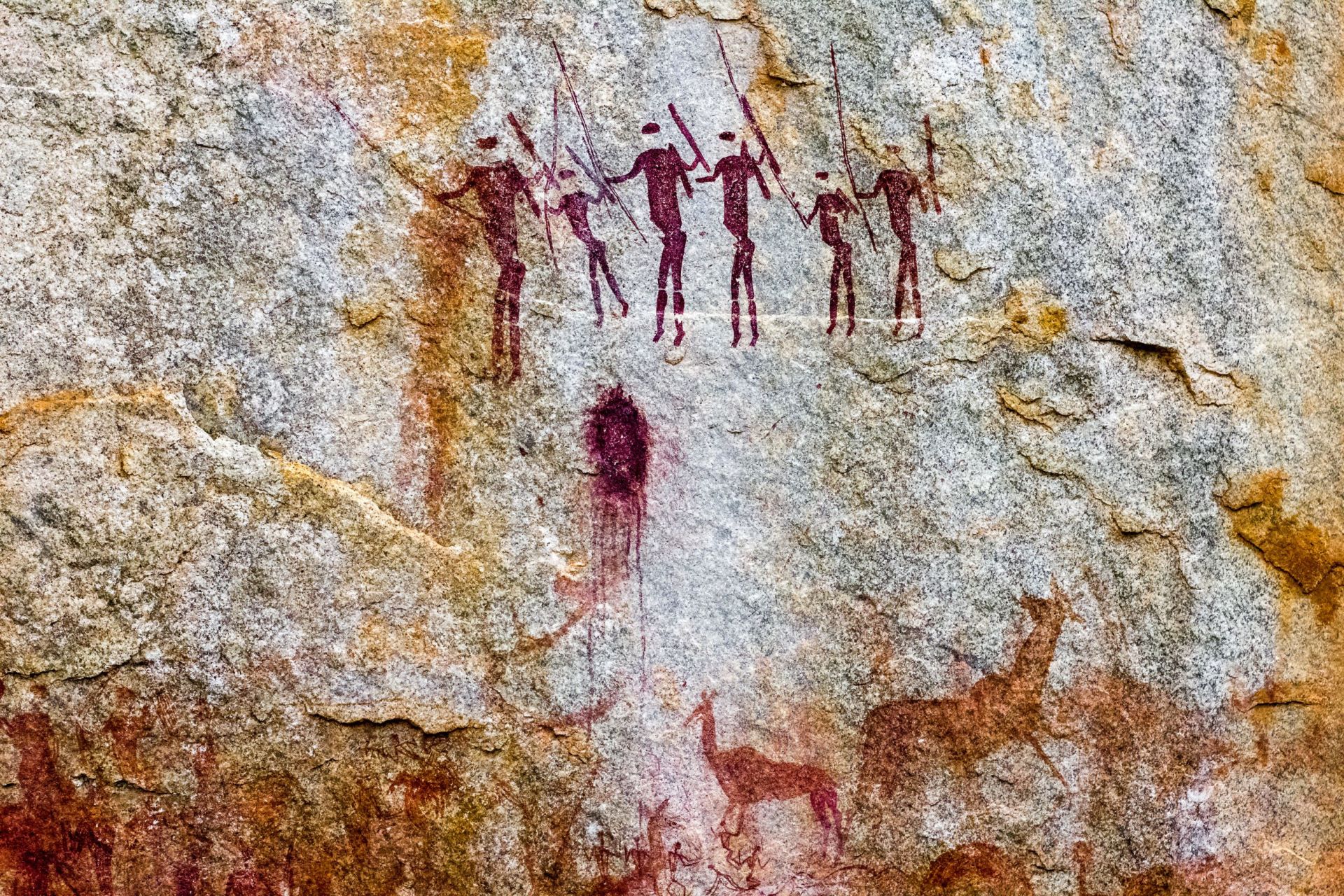Year 7 History Membership
Get the full the learning sequence for Year 7 History
Write your awesome label here.
What's included?
Eight units for the price of three - save $500!
8
Units
48
Lessons
400+
Classroom slides
8
Student workbooks
Year 7 History
Unit map
8 million - 60,000 years ago
Unit 1: Humans
How did humans take over the world?
This unit presents the Big History – a summary of how humanity began from the first humans 8 million years ago until the first Australians 65,000 years ago. The unit focuses students on a pivotal moment in human prehistory – when we left Africa in big numbers to colonise the world. Think of this unit as setting the stage on which the incredible drama of human history will play out.
This unit presents the Big History – a summary of how humanity began from the first humans 8 million years ago until the first Australians 65,000 years ago. The unit focuses students on a pivotal moment in human prehistory – when we left Africa in big numbers to colonise the world. Think of this unit as setting the stage on which the incredible drama of human history will play out.
65,000 years ago – 3,500 BCE
Unit 2: Foragers and Farmers
Why are foragers called ‘the original affluent society’?
Students are introduced to the agricultural revolution and its consequences - positive and negative. Over six lessons, students explore the spectrum of ancient foragers with a deep dive on ancient Australia. Students learn how historical perspectives have shifted over time towards a more nuanced understanding of different ancient societies around the world.
Students are introduced to the agricultural revolution and its consequences - positive and negative. Over six lessons, students explore the spectrum of ancient foragers with a deep dive on ancient Australia. Students learn how historical perspectives have shifted over time towards a more nuanced understanding of different ancient societies around the world.
3500 BCE – 500 BCE
Unit 3: Early Civilisations
Can we believe the first historians?
Historians interpret evidence from the past, but how much can we trust these interpretations? This unit examines the works of Herodotus and the Shūjīng to engage students in a discussion about what these interpretations can (and cannot) tell us about the first civilisations. We introduce the fertile crescent civilisations and give an overview of the different cultures from this time period.
Historians interpret evidence from the past, but how much can we trust these interpretations? This unit examines the works of Herodotus and the Shūjīng to engage students in a discussion about what these interpretations can (and cannot) tell us about the first civilisations. We introduce the fertile crescent civilisations and give an overview of the different cultures from this time period.
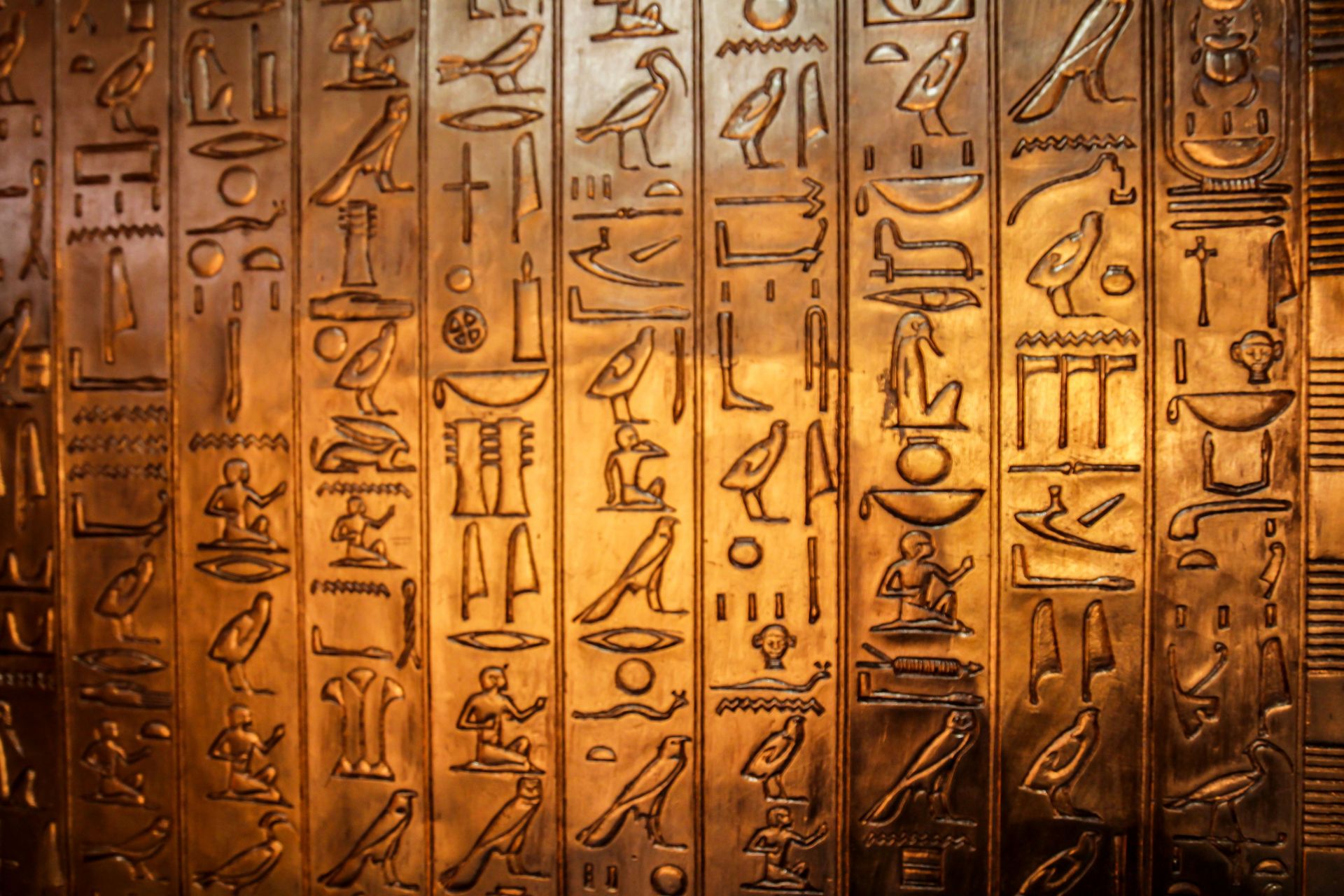
500 BCE – 200 BCE
Unit 4: Qin Dynasty
What is the legacy of China’s first emperor?
This is a deep dive into the Qin Dynasty, China’s first empire. In this unit students analyse the complicated legacy of Emperor Qin Shi Huang as a significant, yet controversial, figure in Chinese history. We provide an overview of China’s first dynasties before the Qin, and an introduction to the Mandate of Heaven philosophy that explains the rise and fall of different dynasties. While learning about the first emperor’s reforms, students will also analyse maps of ancient China, philosophies like Confucianism and Legalism, and the writings of the famous Chinese historian Sima Qian.
This is a deep dive into the Qin Dynasty, China’s first empire. In this unit students analyse the complicated legacy of Emperor Qin Shi Huang as a significant, yet controversial, figure in Chinese history. We provide an overview of China’s first dynasties before the Qin, and an introduction to the Mandate of Heaven philosophy that explains the rise and fall of different dynasties. While learning about the first emperor’s reforms, students will also analyse maps of ancient China, philosophies like Confucianism and Legalism, and the writings of the famous Chinese historian Sima Qian.
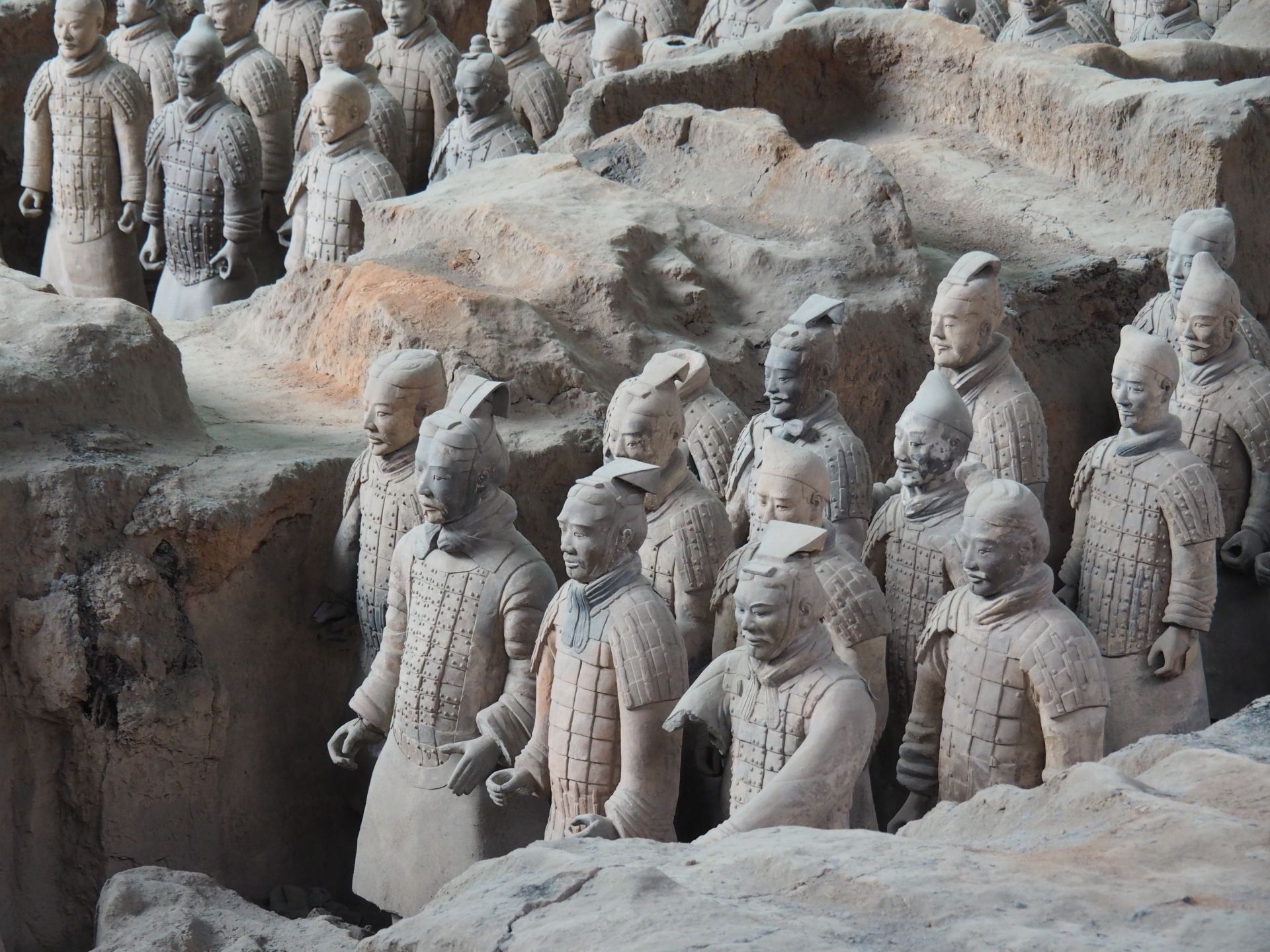
200 BCE – 500 CE
Unit 5: Han Dynasty
Why did the Han Dynasty fall?
The rise and fall of empires is a theme throughout ancient history. In this unit, students learn how to analyse the causes of empire collapse. The Han Dynasty was one of the most important and long-lasting dynasties in all of Chinese history. Chinese historians have spent more than a thousand years trying to understand why the dynasty collapsed. Students will learn key details of the Han Dynasty and practice using a framework to analyse cause and consequence in history.
The rise and fall of empires is a theme throughout ancient history. In this unit, students learn how to analyse the causes of empire collapse. The Han Dynasty was one of the most important and long-lasting dynasties in all of Chinese history. Chinese historians have spent more than a thousand years trying to understand why the dynasty collapsed. Students will learn key details of the Han Dynasty and practice using a framework to analyse cause and consequence in history.
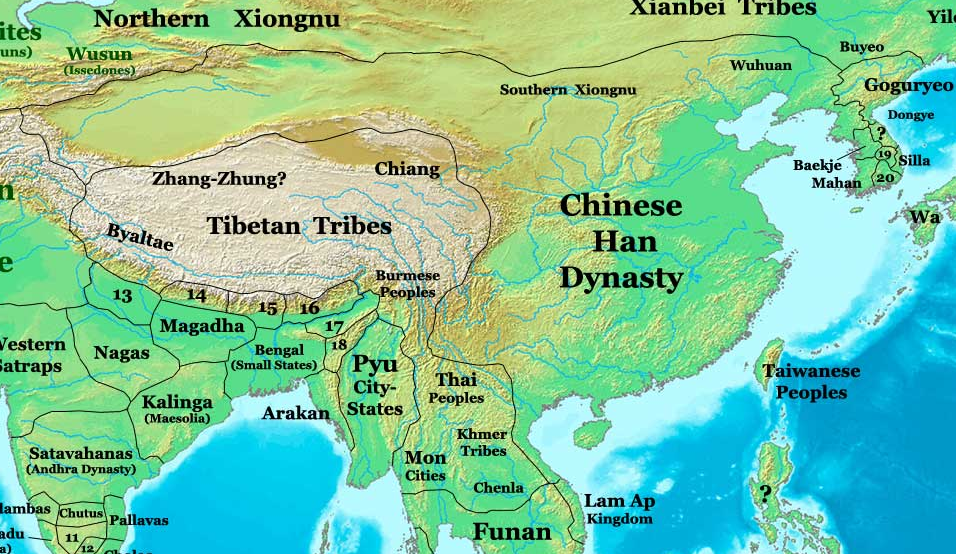
500 BCE – 27 BCE
Unit 6: Roman Republic
How did Rome become the most powerful empire in the ancient world?
This unit covers the Roman Republic, including its history, political structures, military victories, and unique model of citizenship. Students will learn about the Roman Kingdom and its founding myths, and examine how Rome grew to become the most powerful empire in the ancient world. Students will also explore the story of Julius Caesar and how his assassination is connected to the fall of the Roman Republic.
This unit covers the Roman Republic, including its history, political structures, military victories, and unique model of citizenship. Students will learn about the Roman Kingdom and its founding myths, and examine how Rome grew to become the most powerful empire in the ancient world. Students will also explore the story of Julius Caesar and how his assassination is connected to the fall of the Roman Republic.

27 BCE – 500 CE
Unit 7: Roman Empire
How did ‘Romanitas’ change during the Roman Empire?
At its peak, the Roman Empire was the most extensive political and social structure in western civilisation. Essential to understanding the concept of ‘empire’ is understanding how empires expanded and how they gained new territories. Many different types of people were part of the Roman Empire at various points. Understanding the diversity of Romans can help explain the trajectory of the empire as well as its collapse.
At its peak, the Roman Empire was the most extensive political and social structure in western civilisation. Essential to understanding the concept of ‘empire’ is understanding how empires expanded and how they gained new territories. Many different types of people were part of the Roman Empire at various points. Understanding the diversity of Romans can help explain the trajectory of the empire as well as its collapse.
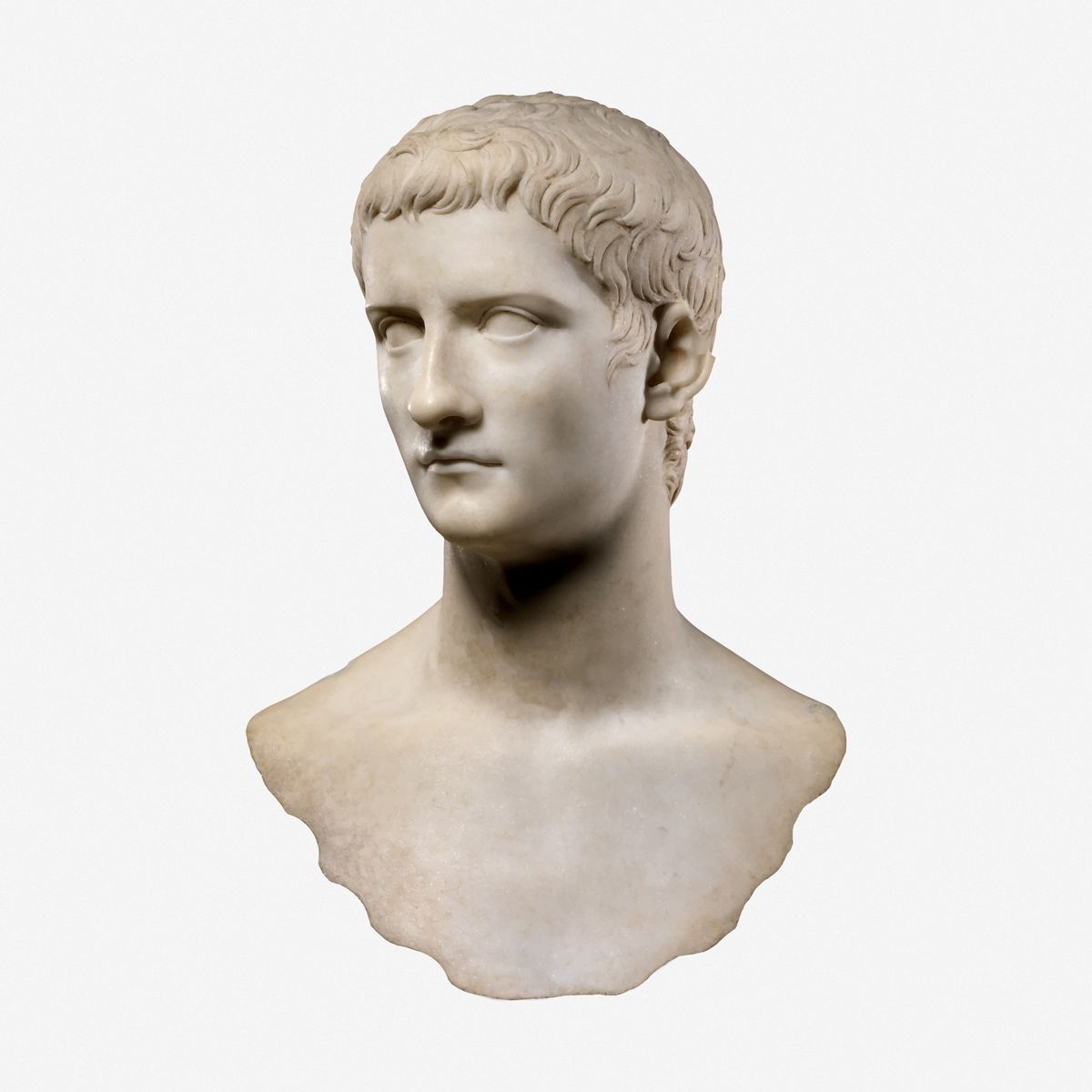
500 CE – 650 CE
Unit 8: Late Antiquity
How did the fall of the Roman empire change the world?
Students will practice analysing the consequences of major events in history – in this case, the fall of Rome. The collapse of the empire had major consequences for the Western world. This unit covers the decline and fall of Rome in western Europe up to the Muslim conquests of North Africa and Iberia in the late 7th - 8th centuries. This will set up students with a strong background for the Year 8 curriculum. Students will also learn that many areas around the world experienced little cultural impact from the Romans, and that Australia, the Americas, and Asia were also continuously changing throughout this period.
Students will practice analysing the consequences of major events in history – in this case, the fall of Rome. The collapse of the empire had major consequences for the Western world. This unit covers the decline and fall of Rome in western Europe up to the Muslim conquests of North Africa and Iberia in the late 7th - 8th centuries. This will set up students with a strong background for the Year 8 curriculum. Students will also learn that many areas around the world experienced little cultural impact from the Romans, and that Australia, the Americas, and Asia were also continuously changing throughout this period.
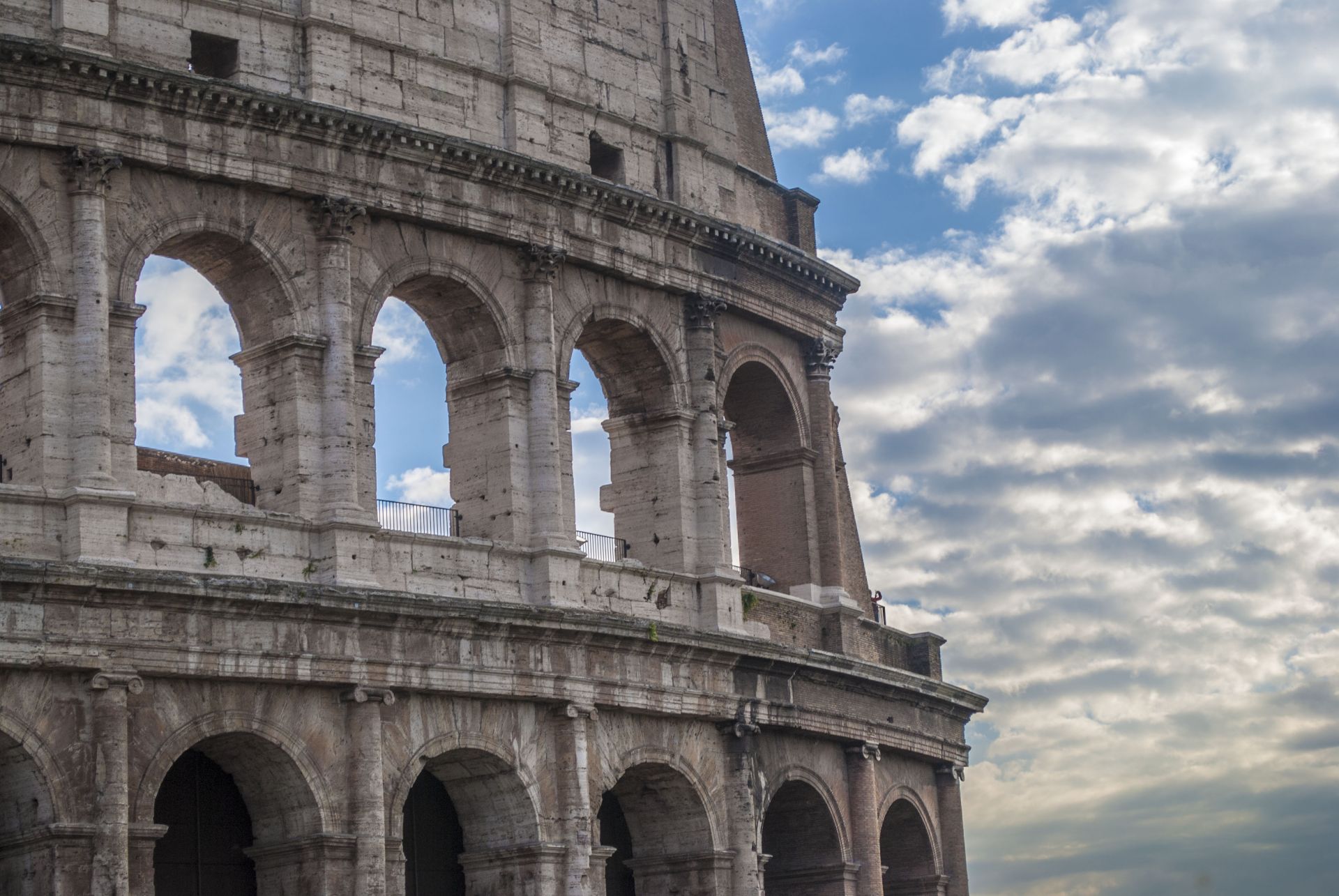
Get a head start on your lesson planning
Everything you need to deliver outstanding history lessons
Detailed lessons
Comprehensive units and lessons designed by our expert team of experienced educators
Video guides
Our expert teachers guide you on how to teach each lesson and anticipate student thinking
Slides and student workbooks
High-quality classroom slides and student workbooks that bring each lesson plan to life
Join a supportive community of history teachers
Get advice and support from fellow Year 7 history teachers engaging with the same units
Speed up your lesson planning!
Year 7 History Membership
Detailed lesson sequence and materials for the full year
Frequently asked questions
Can I try out Open Stage for free before I purchase?
Yes - you get free to access the first lesson of every unit. Just click on the first lesson on the page for that unit and register for a free account for access. No credit card required.
When will new units be released?
Open Stage is currently developing units to cover the full secondary History curriculum from Years 7 - 10. These units will be released by the end of 2023. We are also planning on adding other humanities subjects in 2023.
Do I have to install any technology?
No. There is no program to install for you or your students. Students do not need devices of any kind. Open Stage uses the tools you already use - PowerPoint, Word and video. This is designed to make the resources as flexible and easy to use as possible.
Do I have to follow the program exactly?
No. You can follow the whole sequence of learning, or just take the parts that best fit with your school's existing teaching program. You can decide on your approach based on your particular classroom needs.
Can I adapt the resources to my needs?
Absolutely! The resources are designed to be fully flexible so you can change the unit design, lesson plans, slides or classroom materials to fit your students. Open Stage gives you an incredible foundation that you can keep building on based on your teaching approach and student knowledge.
Are the lessons aligned with the Australian, Victorian and New South Wales curriculums?
Our units are aligned to the New Australian Curriculum which was just released in 2022 (v9.0). Units also retain alignment to the old version of the Australian Curriculum pre-2022 (v8.4). This means teachers can use Open Stage units as they transition to the new Australian Curriculum because the units effectively bridge from one version to the next.
The current NSW Curriculum and Victorian Curriculum are both very similar to the old version of the Australian Curriculum. Therefore, although Open Stage is not yet explicitly aligned to these state curricula, teachers in NSW and Victoria can still use Open Stage. Open Stage will update resources to align to state curricula when the states announce their new curriculum designs.
The current NSW Curriculum and Victorian Curriculum are both very similar to the old version of the Australian Curriculum. Therefore, although Open Stage is not yet explicitly aligned to these state curricula, teachers in NSW and Victoria can still use Open Stage. Open Stage will update resources to align to state curricula when the states announce their new curriculum designs.
Who developed the lessons and resources?
The resources were designed by a team of teachers and education policy experts drawing on the latest evidence on what works in the classroom. Open Stage uses research about knowledge-rich curriculum design and evidence-based instruction to develop all of our resources.
Can I share these resources with other teachers?
Each teacher (or individual) must have their own membership to use Open Stage resources. The sharing, distribution or copying of resources with non-Open Stage members is prohibited because our resources all contain copyrighted material. All of our documents are encoded with your unique identifier to prevent unauthorised sharing. We maintain a Statutory Education License with the Copyright Agency.
Can I buy units individually?
Yes - you can buy any individual unit for $99. But if you plan on using three or more units for a year level, you are better off buying a membership ($299).
Will I be charged every year?
The membership is a subscription but you can easily easily cancel at any time. If you don't turn off auto-renew, you will be automatically charged annually. But we send you reminders before your subscription renews so you don't accidentally forget about it. You can easily cancel by turning off auto-renew at any time in your account page.
Is it easy to cancel?
Very easy! All you have to do is click a button on your account page. No tricks, no emails, no calls. It's a straightforward process.
You won't be billed again at your next billing cycle. Your membership will remain active and you'll continue to have access to the site until your membership expires on the day it was originally set to renew.
You can easily restart your membership at any time. Just log in to your account and renew a monthly or annual membership to pick up where you left off.
